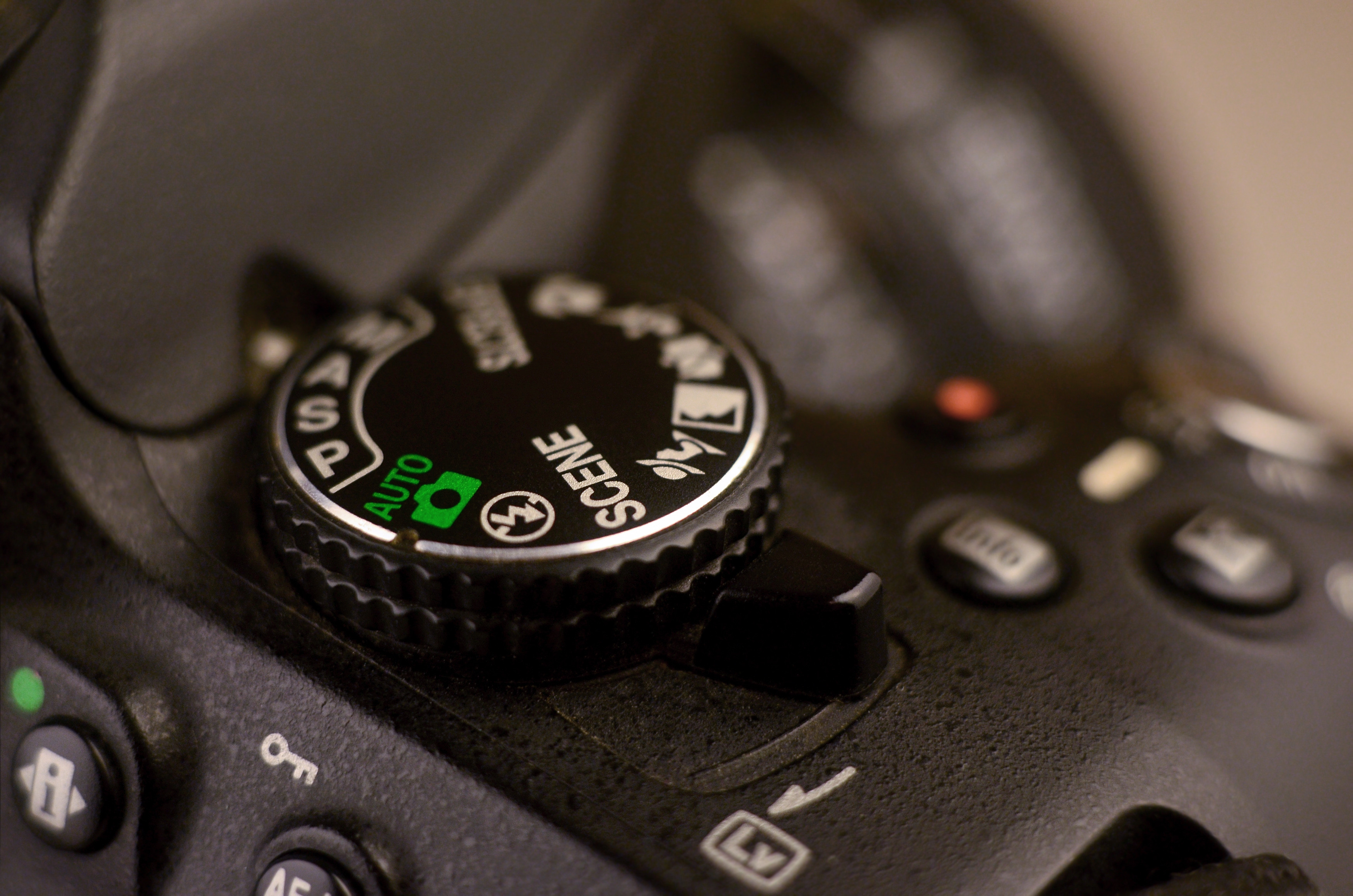What is ISO in photography and why is it important?
13 June 2023
In photography, capturing and controlling light in the right way is an important element. ISO plays a critical role in achieving this control. The ISO value determines the camera's sensitivity to light, and the correct ISO setting is necessary for proper exposure and desired image quality. In this article, we will explore the importance of ISO and its impact on photography.
Light Sensitivity and Exposure Control: ISO represents the camera's sensitivity to light. A low ISO value (e.g., ISO 100) means the camera is less sensitive to light, while a high ISO value (e.g., ISO 3200) indicates greater sensitivity to light. Properly controlling the ISO setting is important for balancing the camera's exposure settings. By adjusting the ISO value, you can achieve faster exposure when shooting in low light conditions or when capturing fast-moving objects.
Noise Control and Image Quality: As the ISO value increases, the amount of noise in the image also increases. Noise refers to unwanted pixels that appear grainy or as digital artifacts in the photograph. Lower ISO values result in less noise, while higher ISO values can introduce more noise. Therefore, by selecting the correct ISO setting, you can control the amount of unwanted noise and achieve cleaner and sharper images.
Flexibility and Adaptability to Light Conditions: The flexibility of ISO settings provides a significant advantage when shooting in different light conditions. In well-lit environments, using lower ISO values allows you to capture higher quality images. However, in low light conditions or when photographing fast-moving subjects, increasing the ISO value allows for more adequate exposure. This enables you to quickly adapt to various shooting scenarios and light conditions.
Creative Effects and Style: ISO settings can be used not only for exposure and image quality control but also for creating creative effects and style. For example, using higher ISO values can result in a grainy image or a film-like texture. With different uses of ISO settings, you can give your photographs the desired atmosphere and emotion, and create your own unique style.
Conclusion: ISO is the key to light sensitivity and control in photography. Selecting the correct ISO setting ensures proper exposure balancing, controls image quality, and allows for adaptability to different light conditions. It also enables you to create creative effects and style. Understanding the importance of ISO and using it correctly is a critical skill for achieving the desired results in your photographs.


